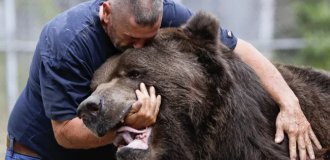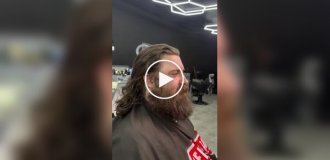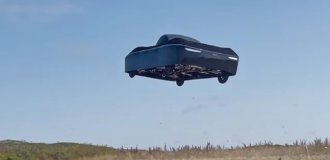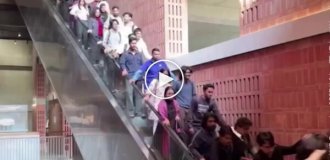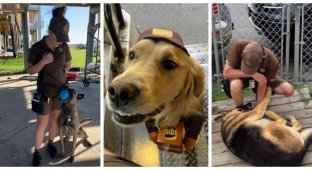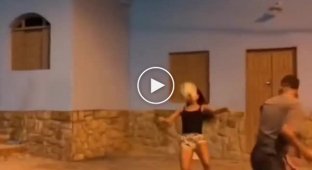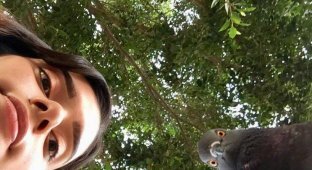A dog's tail is an extremely functional thing. For example, with its tail you can hit the owner’s legs with joy. Or dropping items from low shelves. You can also injure your tail in some fight and wind up at the vet with a huge check! In this regard, it is very convenient to have a dog with a curled tail, or without it at all. But why is that? Why do all the bobbies have such different tails? 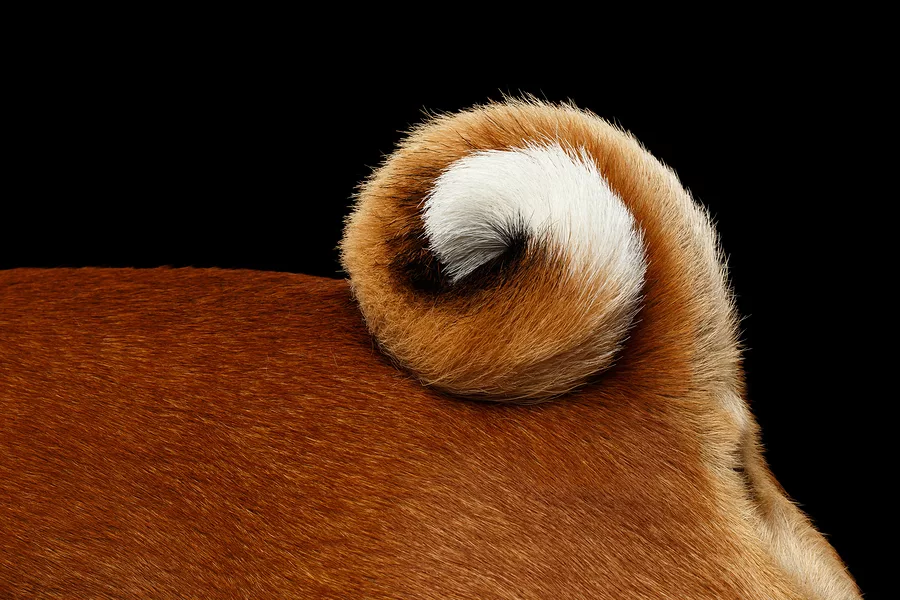
What a sweet cinnabon. I would have eaten it!
There are two possible answers to this question, and one follows from the other. If we look at the wild relatives of our dogs, we will notice a straight and thick “log” tail. Nowadays you almost never see such a tail on bobbies and balls, which is not surprising. Scientists are almost certain that a mutation in the GTF2I gene is behind everything, which occurred during the evolution of the wolf/wolf-like ancestor into dogs. The animals mutated and became more friendly and infantile. And along with the behavior, the appearance also changed: the shape of the skull, the length of the limbs and, apparently, the shape of the tail changed. And people took it and consolidated all these signs! 
To understand what a log tail is, look at the tail of a wolf.
But if you dig further, how do all dogs get different tail shapes if in fact there was only one mutation?
Here is the second answer to the main question, and it is spelled out in veterinary textbooks. If you carefully read the anatomy, you can understand that the different shapes of our woolen tails are, accordingly, responsible for their different design and attachment to the dog itself. The tail is an extension of the spine and a very complex contraption, although you can’t tell from the outside. On average, it consists of 15-25 vertebrae. The first vertebrae look like the most ordinary ones. But the further towards the end, the more the vertebrae resemble small, blunt cones. 
Which one will you choose?
The vertebrae are attached to each other using muscles, three types of tendons and intervertebral discs. Also, individual muscles run along the entire length of the tail, making it mobile and wagging. Curves and rings on the tail of dogs are obtained by lengthening/shortening muscles, tendons, and sometimes even the vertebrae themselves on one side. 
Vanilla fudge makes this bun even more delicious!
For example, if the tension of the ligamentous apparatus on top of the vertebrae is slightly greater than on the bottom, then the tail will bend slightly upward in the shape of a saber or sickle. Well, if we shorten the attachments on top of the vertebrae as much as possible and slightly relax them below, we will get the tail like a tight ring, a circle, or even a spiral - it all depends on the breed and the number of vertebrae in the tail. 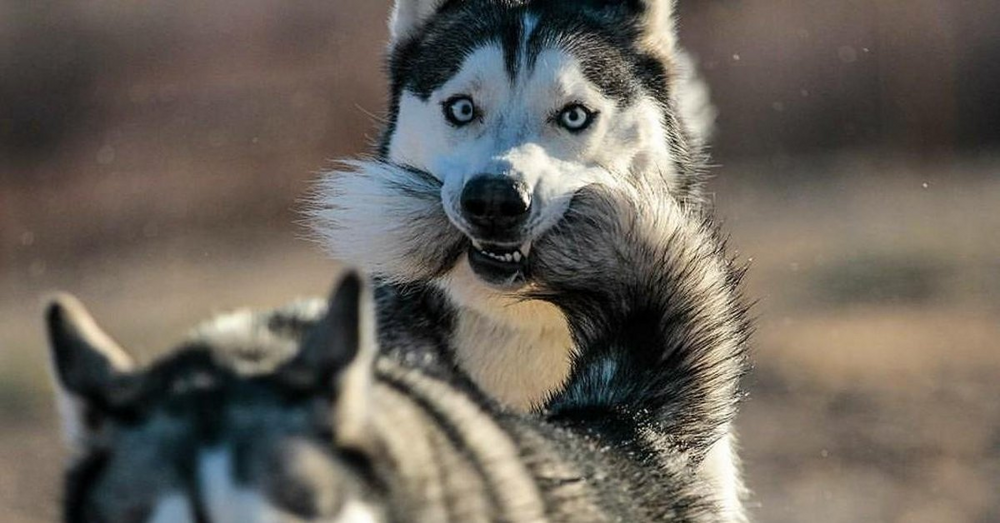
Don't be afraid, Stasyan, now we will straighten everything out for you!
All characteristics of the tail structure are easily passed on from generation to generation. So it was not difficult for people to breed a bunch of breeds, each with its own unique tail shape.
Add your comment
You might be interested in:
